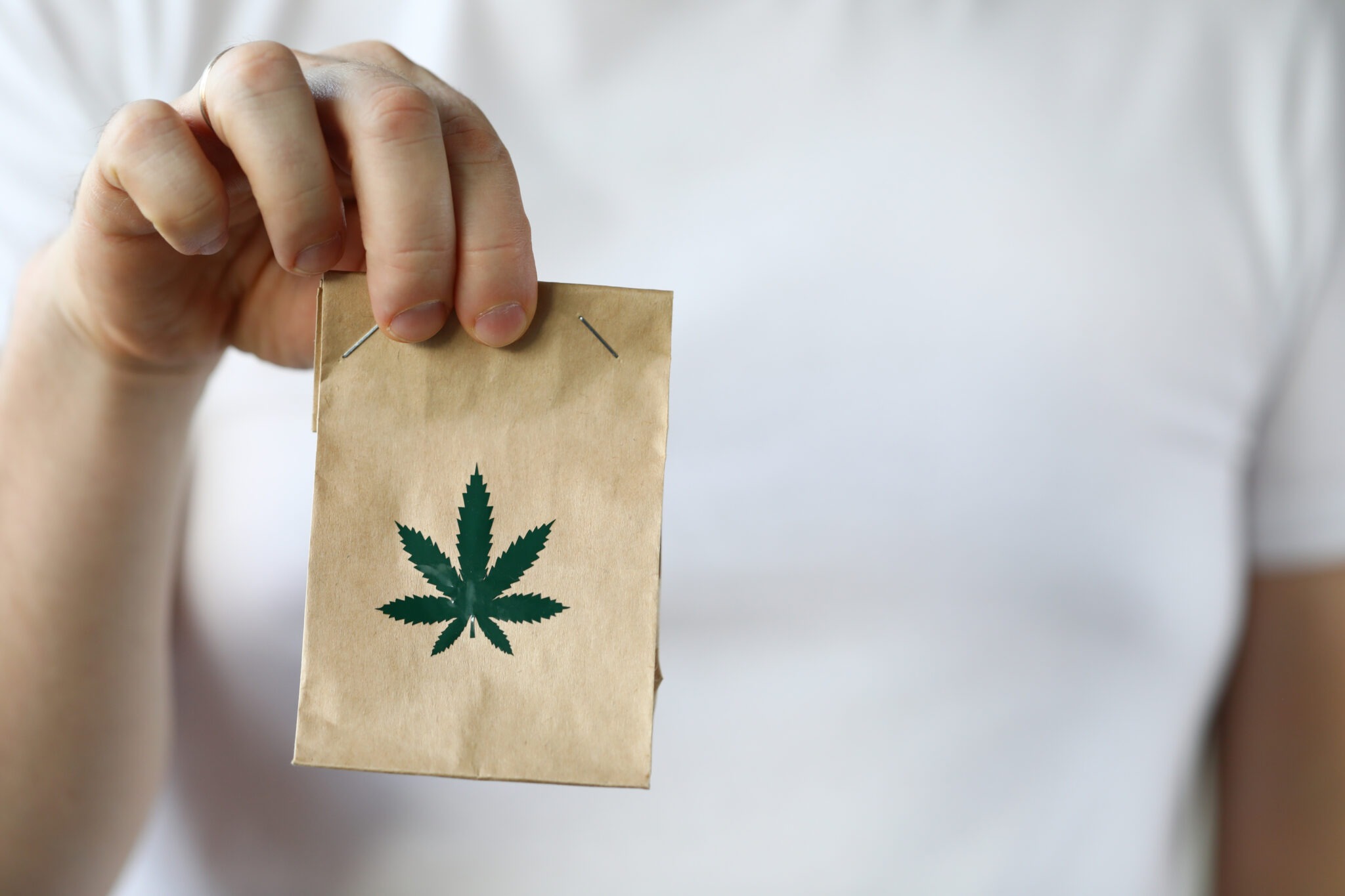How Should my Company Package its Cannabis?

This is a multipronged question with multiple answers. The correct way to package your products will differ from company to company. Ultimately, the best cannabis packaging coincides with your brand’s identity and product quality. You might still ask, “What the hell does that mean?”
Let me explain. The old Lamborghini salesman’s sweatpants scenario comes into play here. If you’re not familiar, it’s in essence to portray your brand in line with the quality of your product. For instance, if you were going to buy a Lamborghini and the salesman is wearing stained sweatpants, no matter how much you want the car you’ll most likely consider taking your business elsewhere. The reason? You’re afraid to purchase that kind with a poor upfront presentation.
Comparing Cannabis Packaging to Product Quality
I’m here to say that the same goes for cannabis packaging. Let’s discuss a scenario with two companies:
You’re Company A and think you have the best live resin cartridge on the market. You have a great product and it tests well. You spend a good money to refine your product and can command top dollar for it. When most companies reach this point, they run into the dilemma of not wanting to add any other major costs.
You package it in a plastic blister pack with a paper insert printed at Staples. It makes its way into the shop and you get a few very enthusiastic/educated connoisseurs who rave about the product. Still, being sold as a high-end product, its shelf appeal is not apparent in the cheaper packaging. At first glance, customers will think it’s just an overpriced lower-end product. If you get it in people’s hands, it speaks for itself. However, getting it in the right hands, or enough hands, can be the hardest part.
Now let’s take the example of someone with a middle-of-the-road product, Company B. It is not bottom of the barrel nor is it being sold that way. But its cannabis packaging is in a magnetic box with foil and sharp colors. The type of box someone would hold on to after the purchase.
Some of the high-end customers buy it based on the packaging. The true connoisseurs will appreciate Company A as they’re not fooled by packaging or the cost difference. A few of the lower-end customers buy it as a special purchase. However, as company B, you have now found your sweet spot in the middle. The everyday consumer loves that it’s a quality product for the price and looks higher-end. Despite having a lower-cost product, Company B ends up with a much larger percentage of the market share and continues to grow faster.
You might say, “So what company A has crap packaging? The product is better and the customers must be sheep!” While that might be the case, packaging will continue to play an integral role in marketing as this industry continues to grow.
Customers will lean on the brands that jump out at them. Again, with great products, you’ll likely always have a core following. But if you want to take that next step in growth, your packaging has to coincide with your brand.
Price Comparisons
The last comparison we will make is a cost vs selling price analysis. Company A sells their carts for $80 – they have a $50 profit margin and it costs them $0.30 per package. They sell 1000 in the first 3 months, netting them: $49,700 (minus all the fees, etc.).
Now let’s look at Company B. Company B sells their carts for $65 each – they have a $40 profit margin and go all out and spend $2 per package. But with the packaging appeal, they sell 1750 units in the first three months, netting them: $66,500.
You can see that despite having a profit margin of nearly $15 more and a better product, by avoiding packaging costs, Company A limited its reach. Their core customer group will grow exponentially slower. So, even though they still have a good reputation, their sales are not on par with it.
Final Word
Lastly, this isn’t a pitch to promote BAD PRODUCT IN EXPENSIVE PACKAGING. If that’s what you took from this, then you have missed the point. At the end of the day, a product’s quality will speak for itself regardless of the packaging and you’ll have a level of success or failure based on this ALONE.
Still, packaging is the second piece of the puzzle. If you have a terrible product in a nice package in an attempt to charge more, customers will eventually see through it. Then word of mouth of your overpriced and poor-quality product will bury you in due time. Customers might overpay the first time, but will not be fooled again by the tricks!
